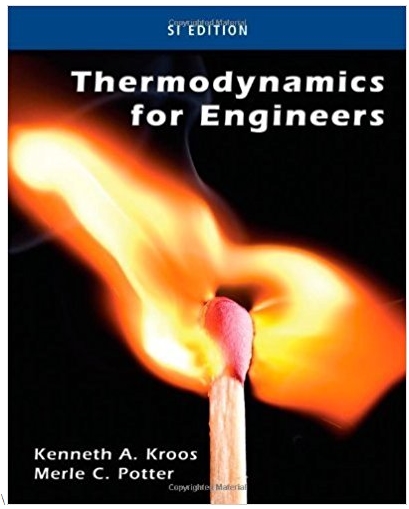In 1816 Robert Stirling, a Scottish clergyman, patented the Stirling engine, which has found a wide variety
Question:
(a) The net energy transferred by heat to the gas and
(b) The efficiency of the engine. A Stirling engine is easier to manufacture than an internal combustion engine or a turbine. It can run on burning garbage. It can run on the energy of sunlight and produce no material exhaust.
Fantastic news! We've Found the answer you've been seeking!
Step by Step Answer:
Related Book For 

Thermodynamics for Engineers
ISBN: ?978-1133112860
1st edition
Authors: Kenneth A. Kroos, Merle C. Potter
Question Posted:





